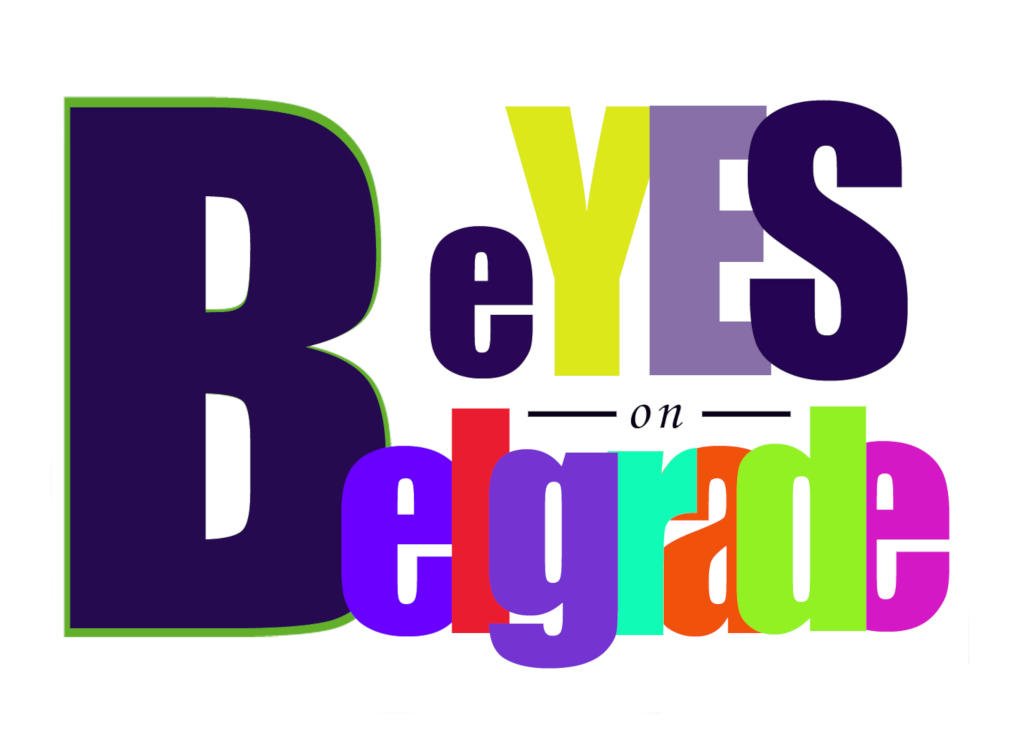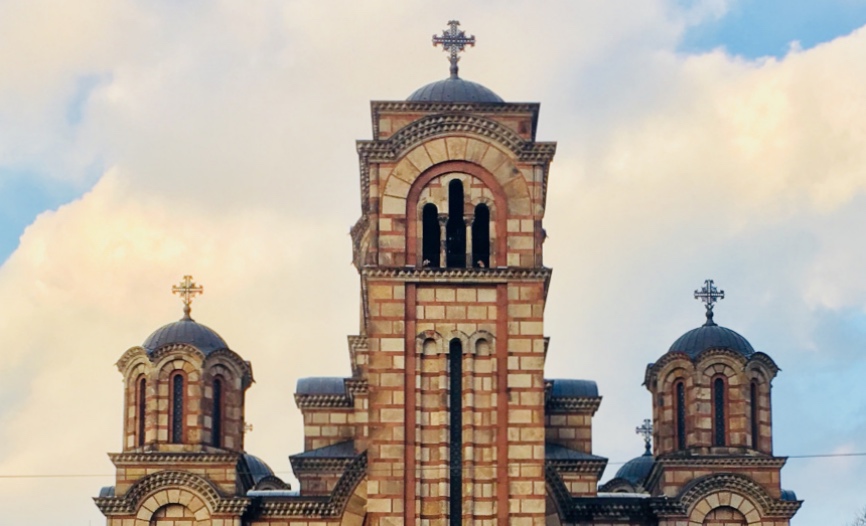Situated between East and West, between Orient and Occident, Belgrade's fortune changed over the course of history, as well as its predominant religious orientation.
The Serbs are Christian-Orthodox. But there were so many conquerors over the course of history who came here and brought some of their culture with them. The Ottoman Turks brought Islam, the Austrians and Hungarians inserted Roman-Catholic practice into these parts, and during all of these turbulent times a vast comunity of peaceful Jews lived in Belgrade and the Balkans in general, practicing their own religion. So, Christianity, of Orthodox or Roman-Catholic kind, the Islam, or Judaism, nothing strange here.
The Serbs sweapt away almost any evidence of Islam being the main religion in this region for several centuries of the Ottoman Turkish rule. It is quite understandable because after the Kosovo battle in 1389 and consequently fall of the Serbian Despotate in 1459, the Ottoman Turks conquered almost the entire Balkan peninsula, imposing their laws and their religion on a local, predominantly Christian-Orthodox population, and building a vast number of mosques. Even though Christianity wasn't prohibited, converting into Islam would have gotten you many benefits. In time, the Turks were getting more and more rigid and harsh towards the Serbs of Christian-Orthodox orientation. They went as far as to burn the relics of Serbia's greatest historical person, a saint, a role-model in which the people were seeking comfort in the times of dispair - Saint Sava. They did it in the very city of Belgrade, to try to break the spirit of evermore restless population. In the spot of the incineration, the great St. Sava's church was built, honoring Serbia's patron saint, but also Serbian people who suffered a lot over the course of history.
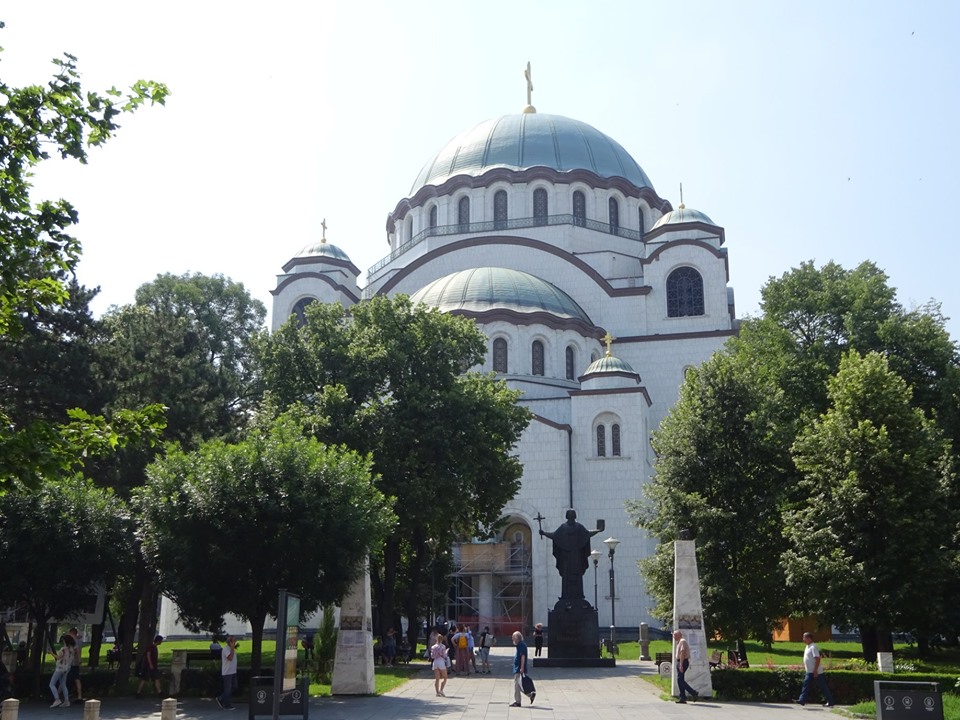
St. Sava's Church
Now, only one mosque exists in Belgrade, and in fact that's the oldest standing structure in the city - the Bajrakli mosque, built in 1575. To be fair, not only the Serbs did the job of demolishing muslim religious structures, the major part of the work was done by the Austrians who fought over Belgrade with the Turks, especially in the 18th century. As soon as they would conquer the city, they would take down all the mosques and build churches instead. Of course, the Turks did the same, when they regained power over the city they would rebuild their mosques and destroy Christian churches. And it went on like this for almost a couple of centuries.

Bajrakli mosque
One of Belgrade's, and Serbia's in general, main attractions are precisely the curches - Serbian Christian-Orthodox churches, which evoke the splendor of once great Serbian tradition and powerful medieval state. The biggest one in the city is the very new one - St. Sava's church, one of 50 largest Christian churches in the world. Then, there are St. Mark's church, Vaznesenjska church, and of course, the cathedral church of St. Michael, next to the building of the Patriarchate. This is an absolute must see.
There are also several Christian-Catholic churches, the most important being the Co-cathedral of Christ the King, the main church of the Roman Catholic Archdiocese of Belgrade, located in Krunska (Crown) street no. 23.
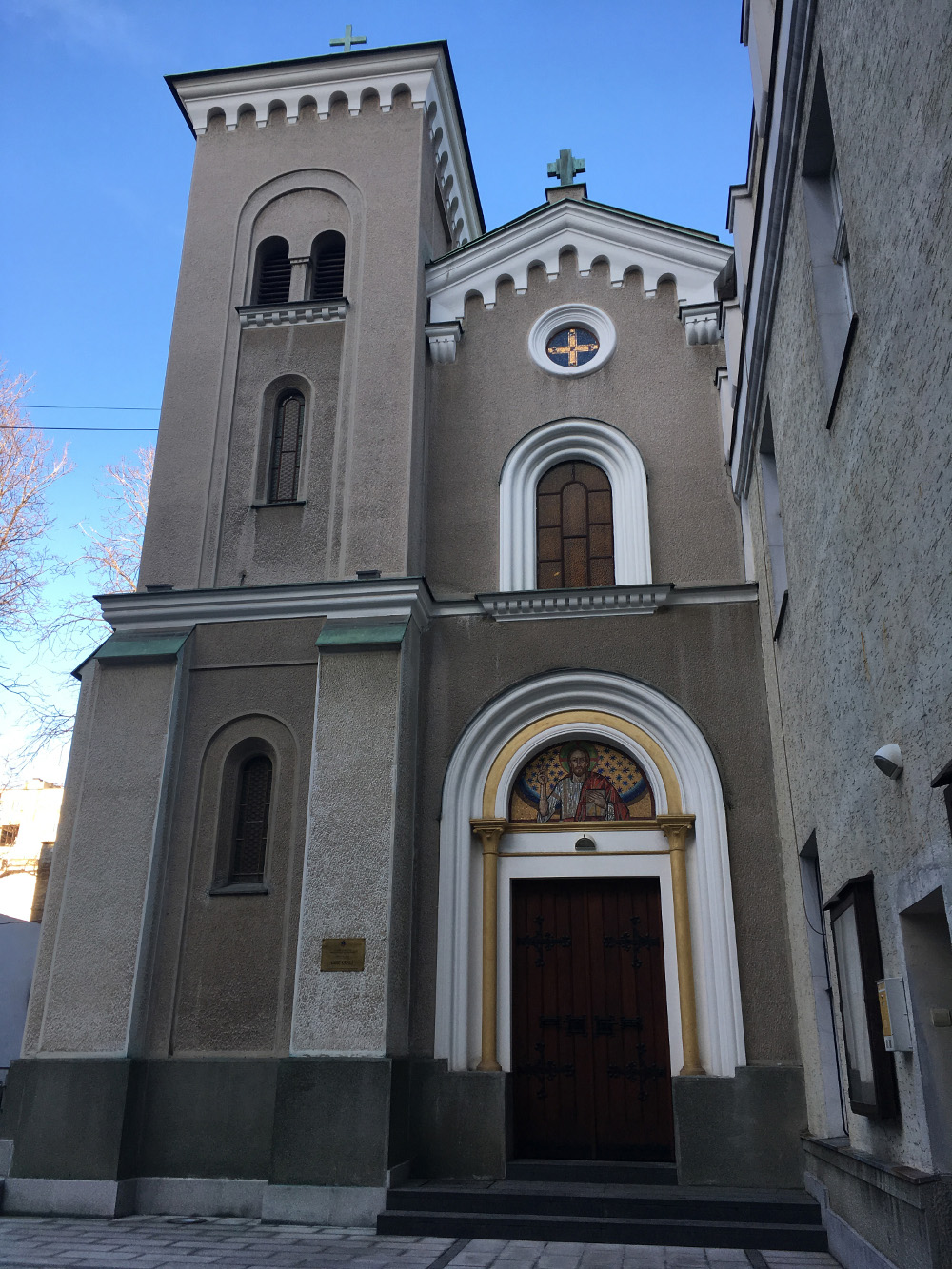
Co-cathedral of Christ the King
Behind the great St. Mark's church lies a small Russian Christian-Orthodox church of the Holy Trinity. Even though it is a quite tiny structure it is worthwhile seeing. It is located in Tašmajdan park.
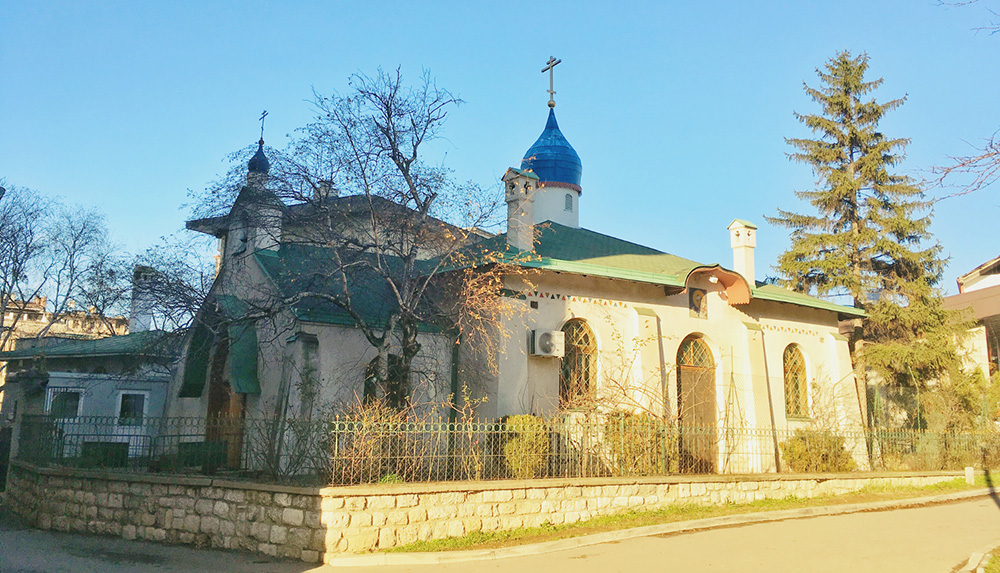
Church of the Holy Trinity
There is just one Sinagogue operating in Belgrade nowadays - the "Sukkat Shalom" (eng. "Dwelling of Peace") located in the center of the city, close to Republic square. The others, which were many, lost their religious character.
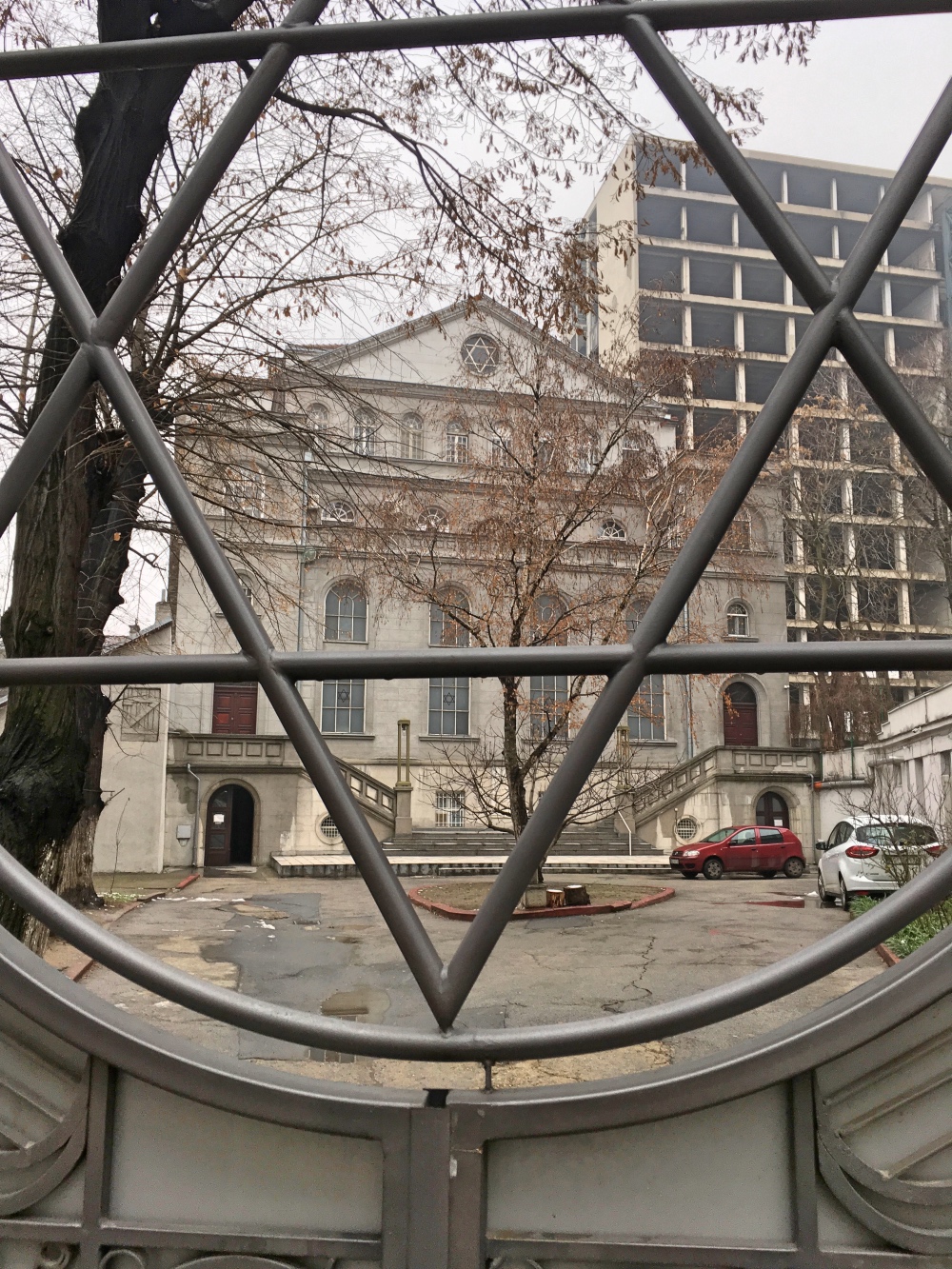
Sukkat Shalom sinagogue
 Srpski latinica (Srbija)
Srpski latinica (Srbija)  English (United Kingdom)
English (United Kingdom) 